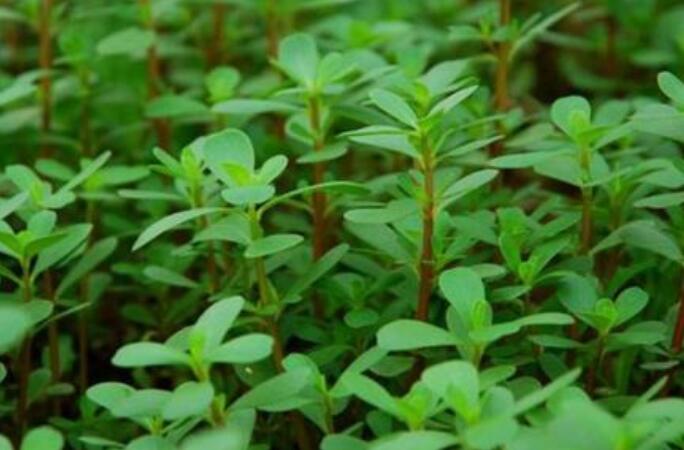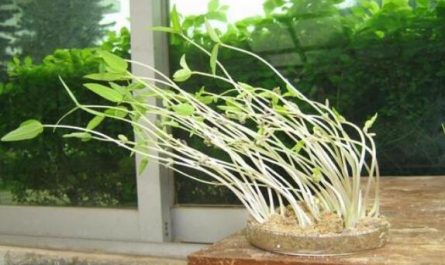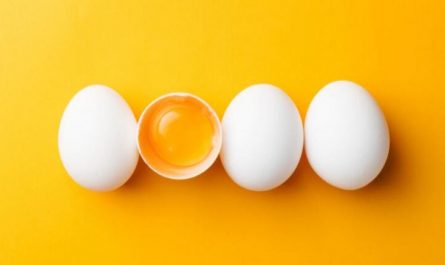Humans and other animals will trigger a vomiting mechanism after eating too much or eating uncomfortably, and vomit out the food they eat. Will plants be like this? Plants generally absorb nutrients and water from the soil. Will they vomit out because they drink too much water?
In fact, plants will also discharge water when they drink too much. This phenomenon is called “leaf spewing water.” Experienced farmers often judge whether plants are growing vigorously or weakly through the phenomenon of spewing water from their leaves, because the more developed the root system, the more obvious the spewing phenomenon; the less developed root system, the spewing phenomenon will not occur.
It is not dew that is “spitting out” in the “spraying phenomenon”. How can we distinguish the spewing water and dew on the leaves? The leaves spit water and dew water appear at night, until the sun comes out, the temperature rises and it will evaporate, and you can’t see it without careful observation. Dew is due to the large temperature difference between night and day, and heavy humidity in the air. Water vapor condenses on the ground or on objects adjacent to the ground to form small water droplets. Dew generally appears in spring, summer and autumn, and in winter it appears in the form of frost.
In fact, as long as you observe carefully, there is still a difference between dew and leaf spewing. The water droplets produced by the leaf spewing water are generally on the tip and edge of the leaf, and the water droplets are generally larger. The phenomenon of leaves spitting water generally occurs during periods when there is more rain and higher temperatures. During the daytime, due to high temperature and leaf transpiration, water spewing is generally not seen.
At night, due to the high water content in the soil, lower temperature at night than during the day, and no wind, the root system of plants is also more active. When the surrounding water pressure is relatively high, the roots will absorb a lot of water, which is sufficient during the day. Because of the high temperature and sun exposure, it is easy to evaporate water on the leaf surface to maintain the water balance of the plant itself, but at night the stomata on the leaf surface are closed and transpiration is not possible, so the excess water will be squeezed out from the edge of the leaf. This is where the leaves of plants spit water.
Different plant species have different spitting phenomena. Like firecrackers and tropical bananas, their leaves spit water is very obvious, even in the daytime, you can see ticking drops of water falling down. For plants in the north, the spitting phenomenon of the leaves of potatoes, tomatoes and strawberries is more obvious than that of ordinary plants.






